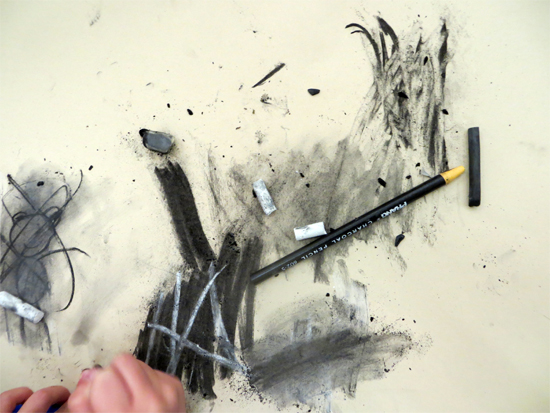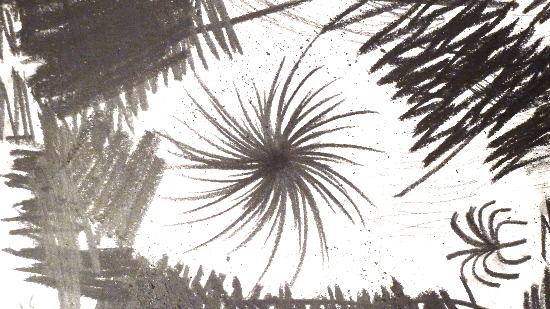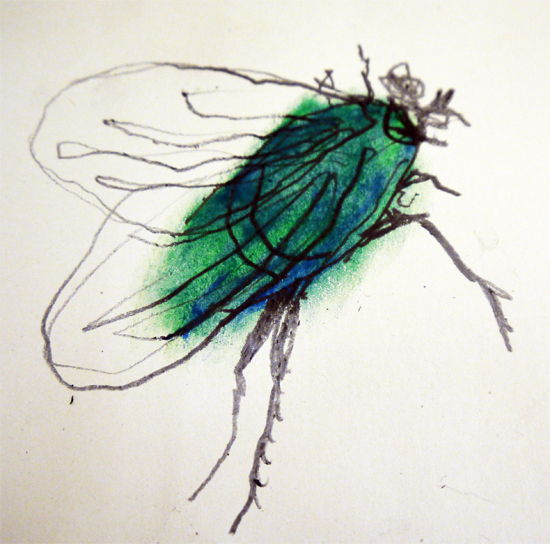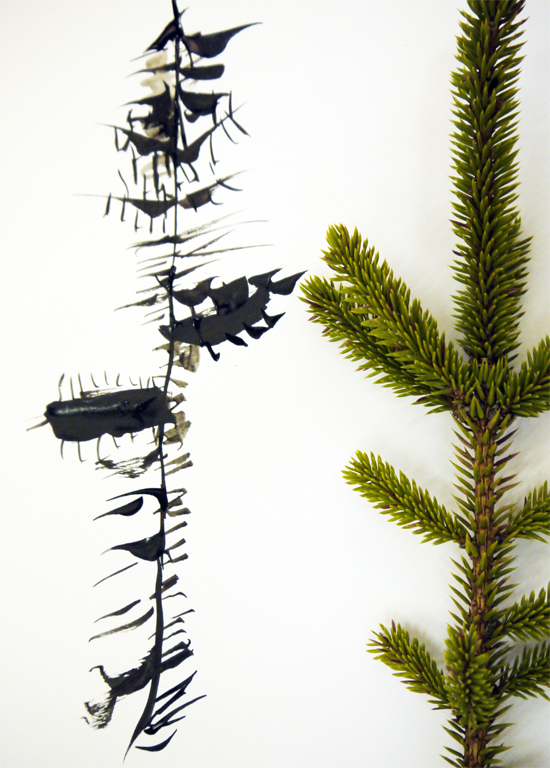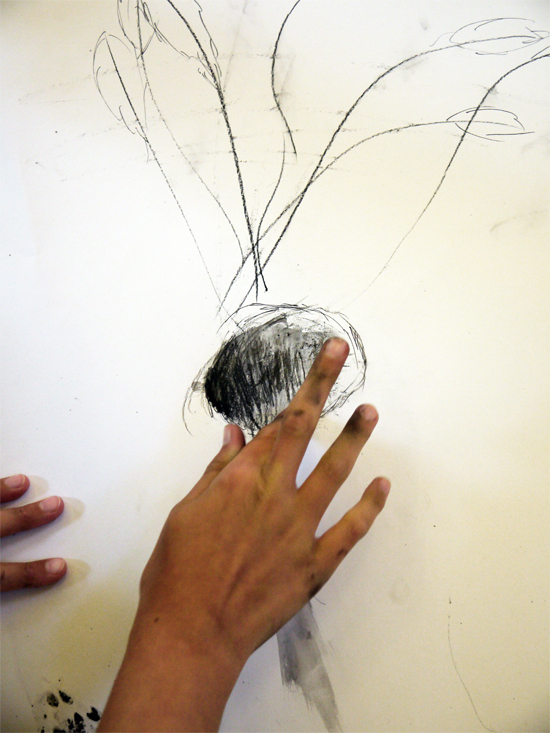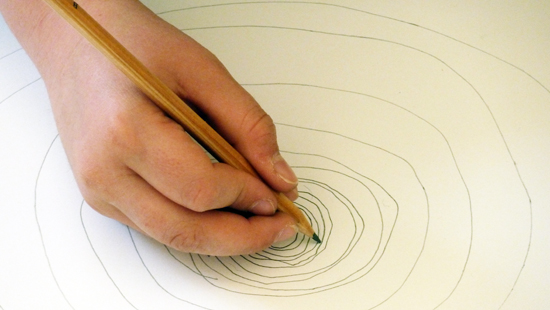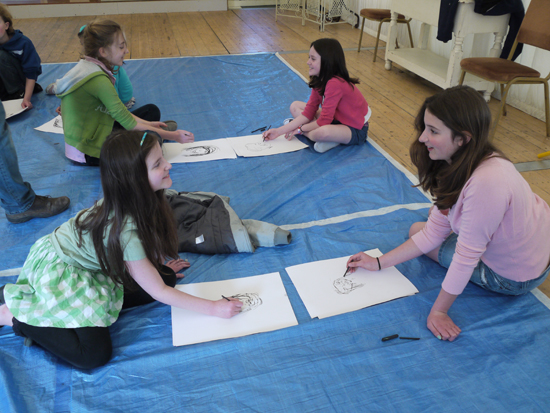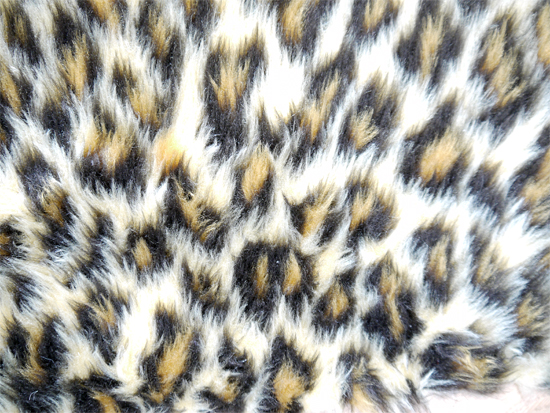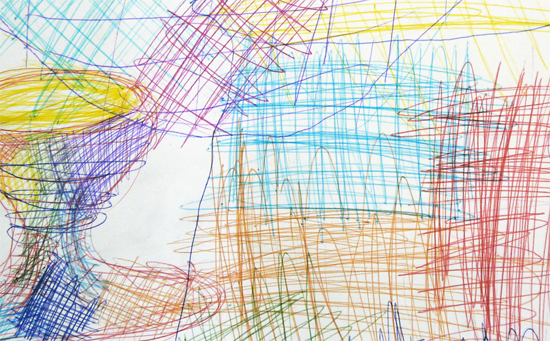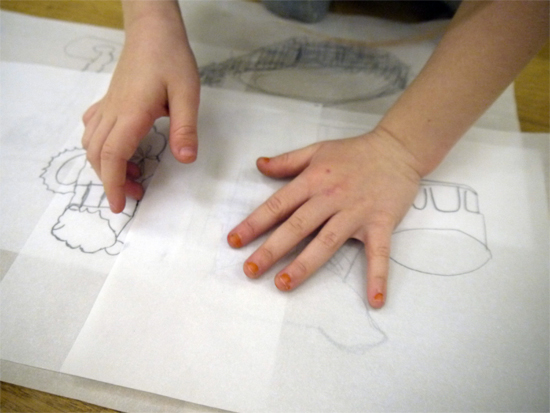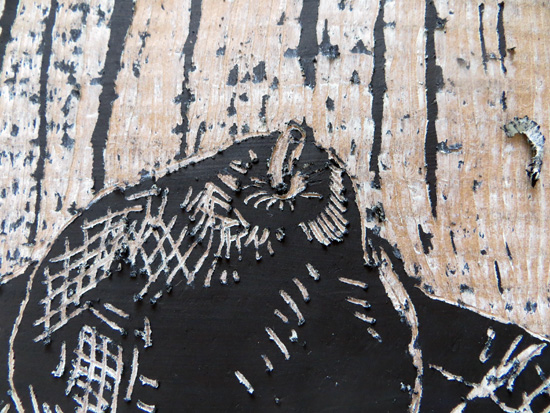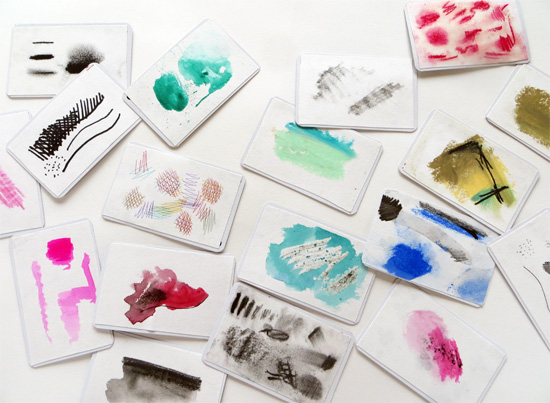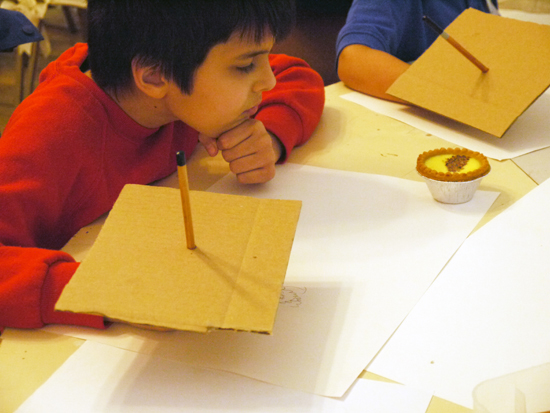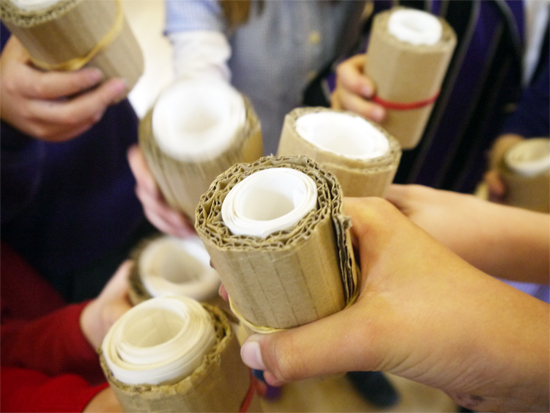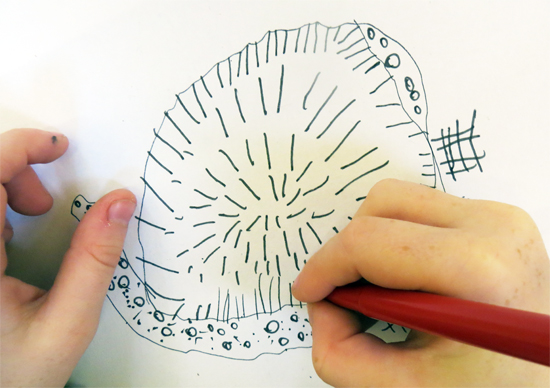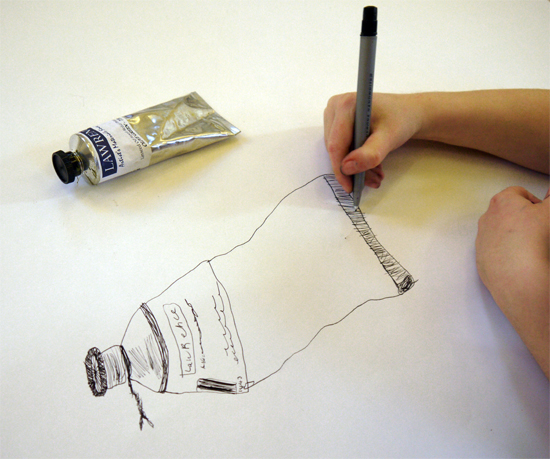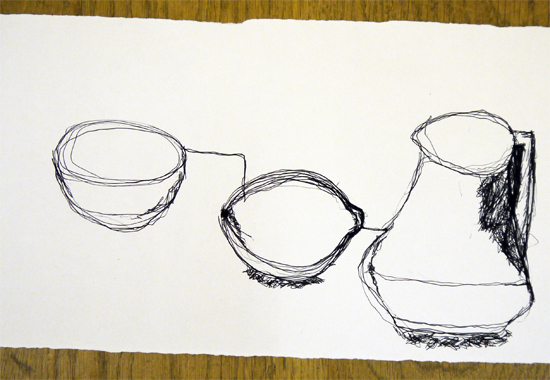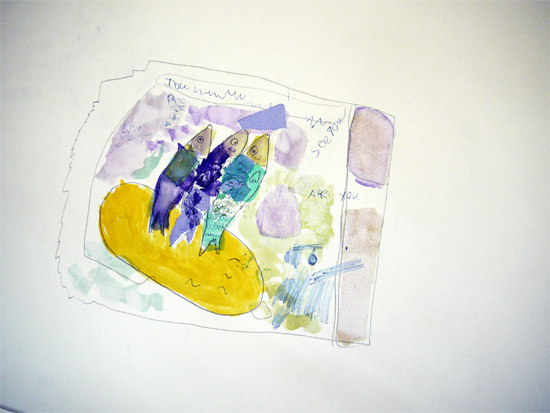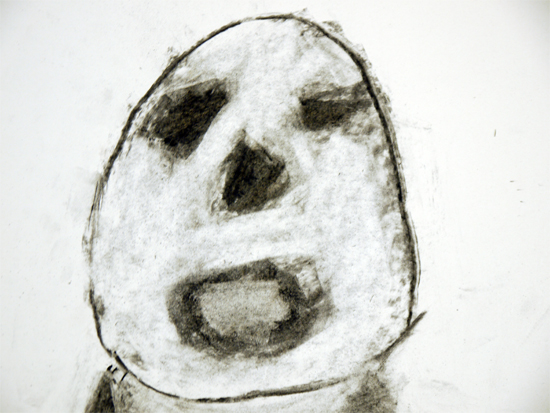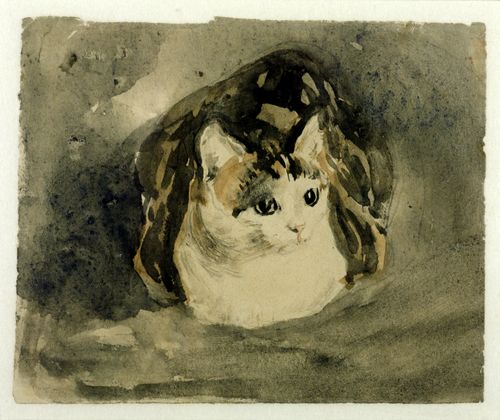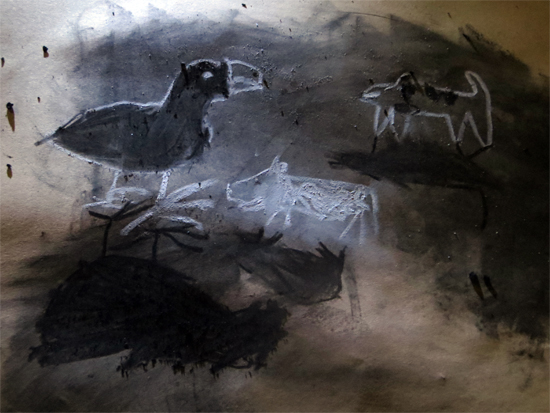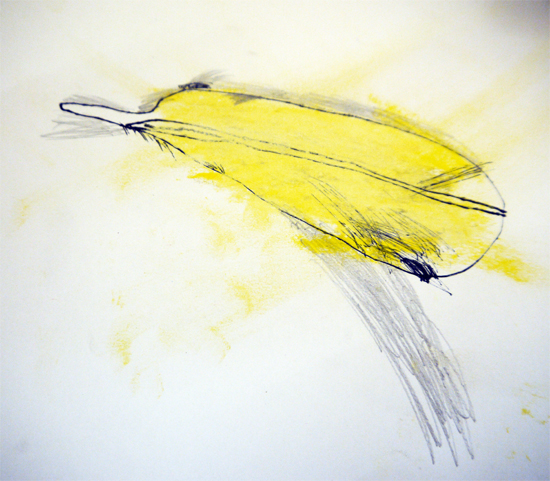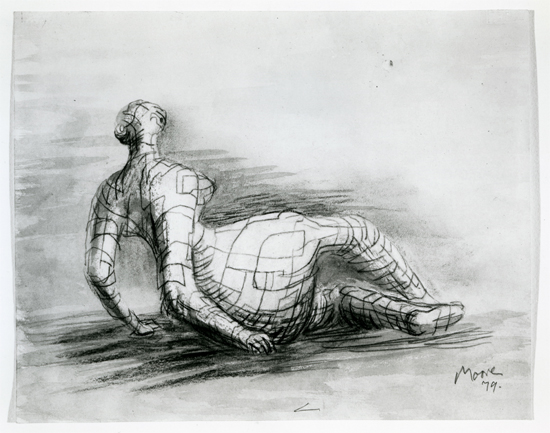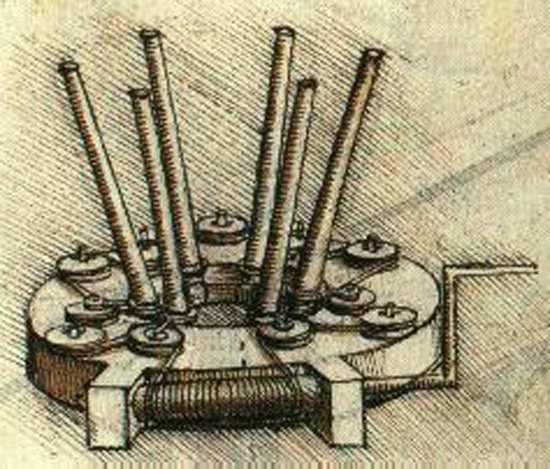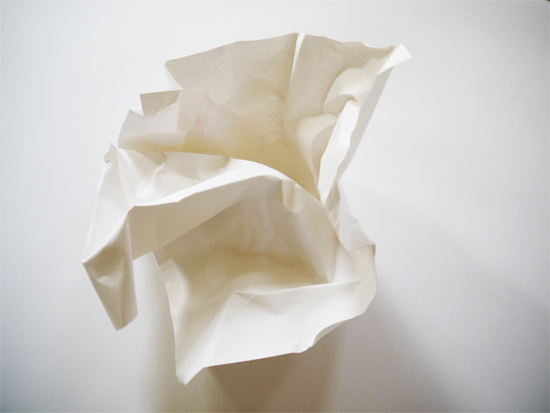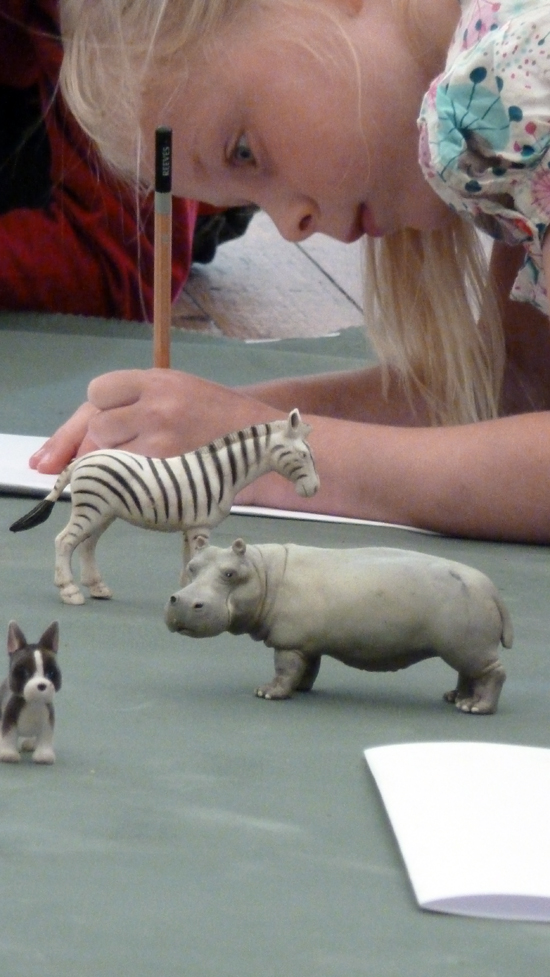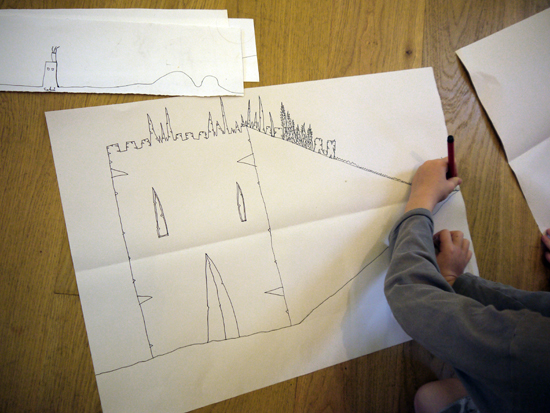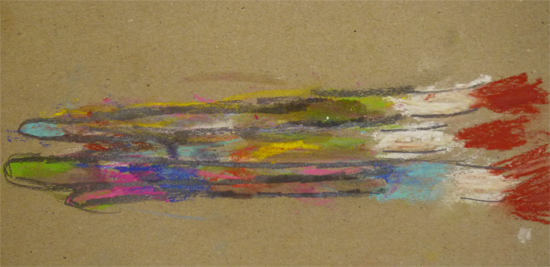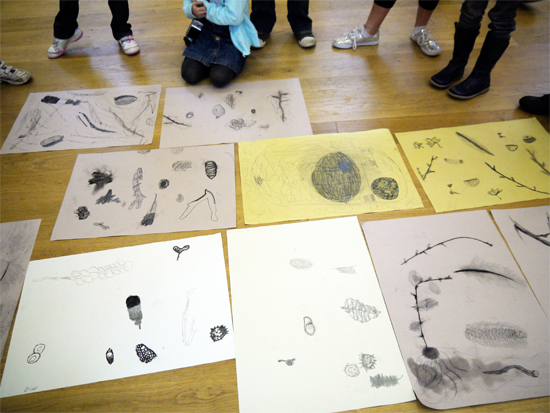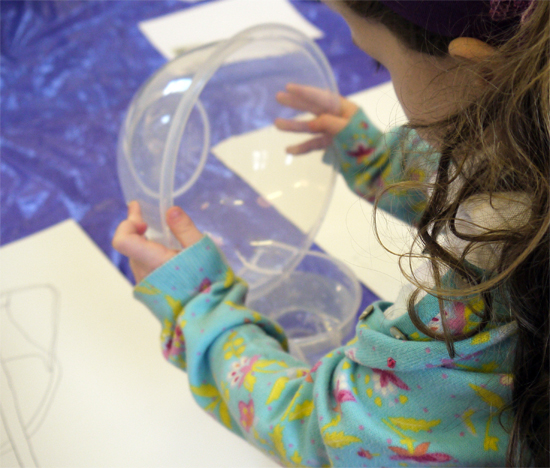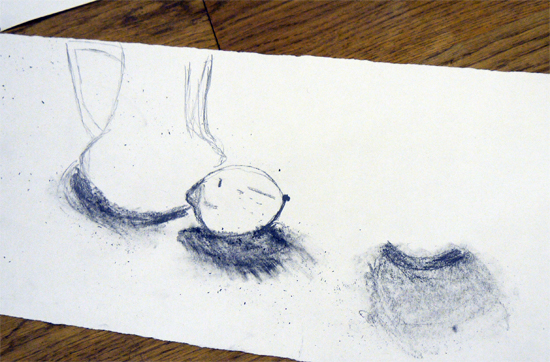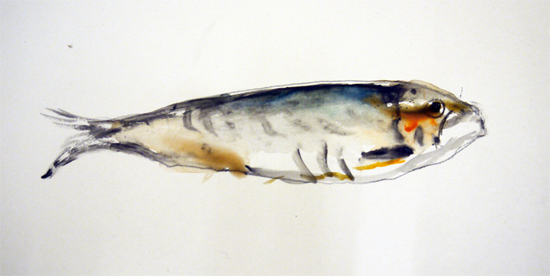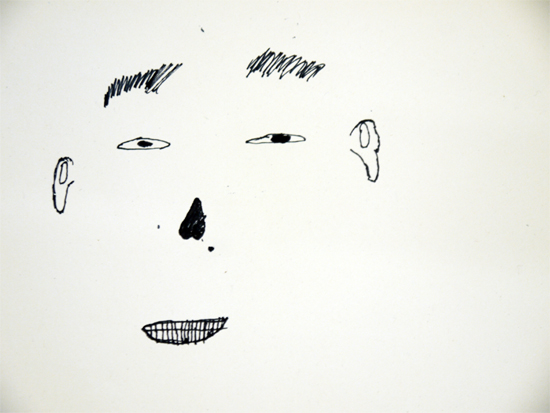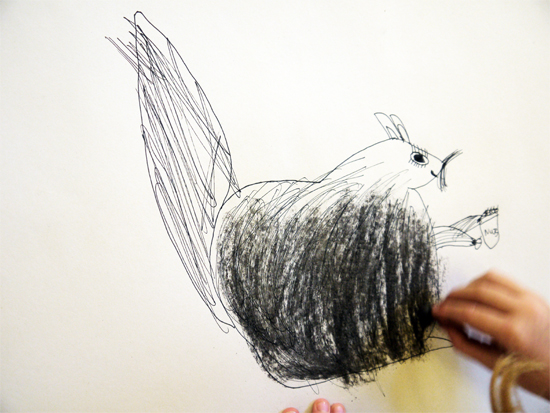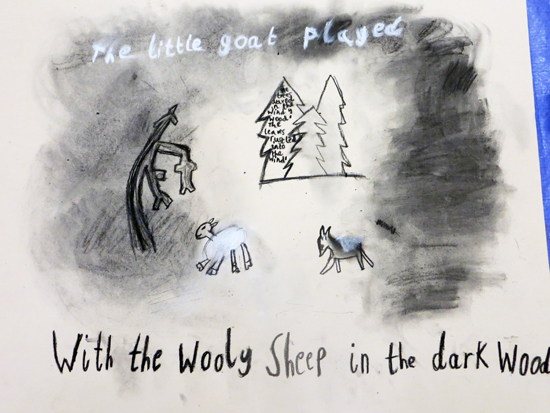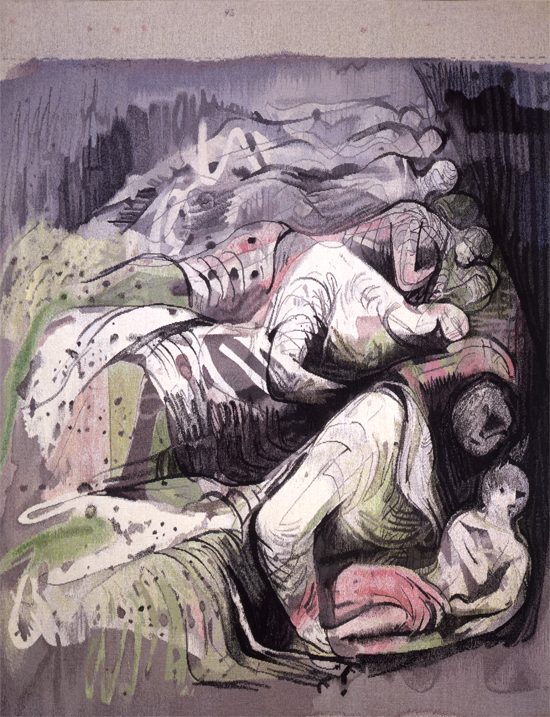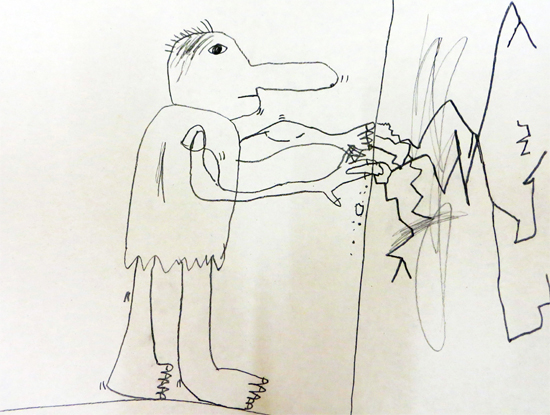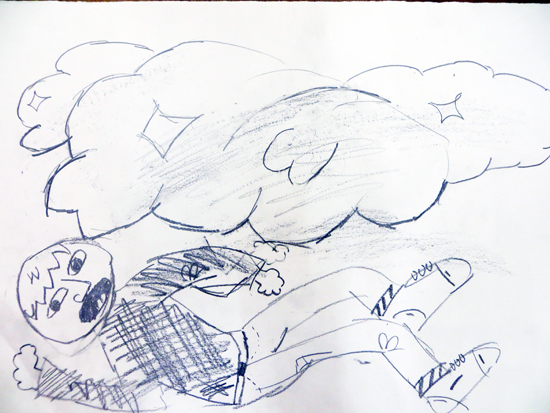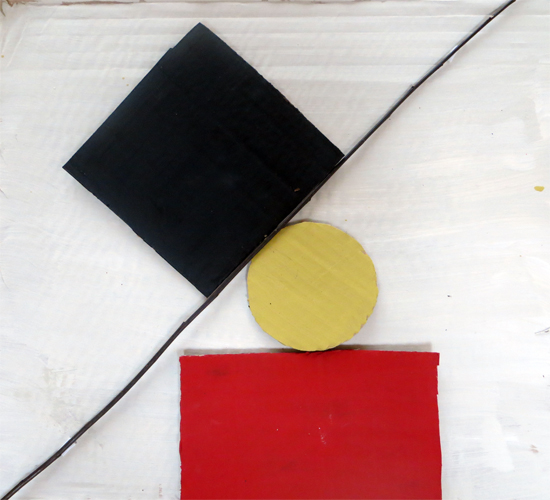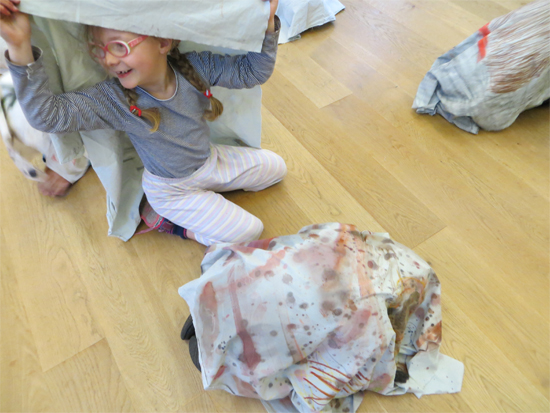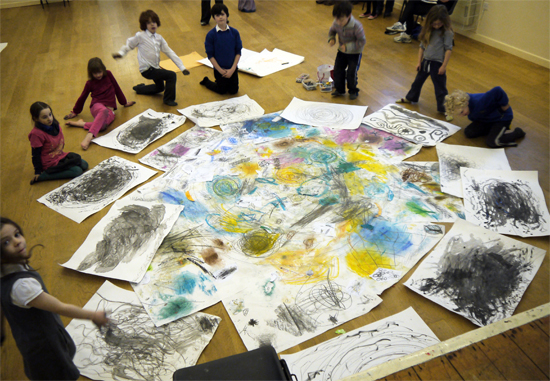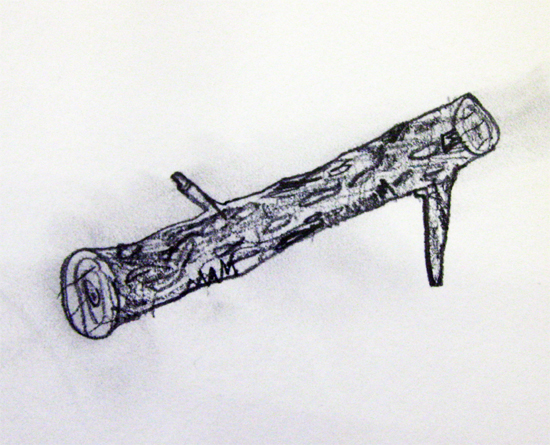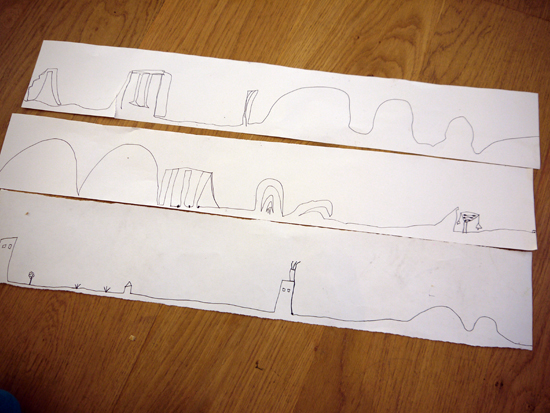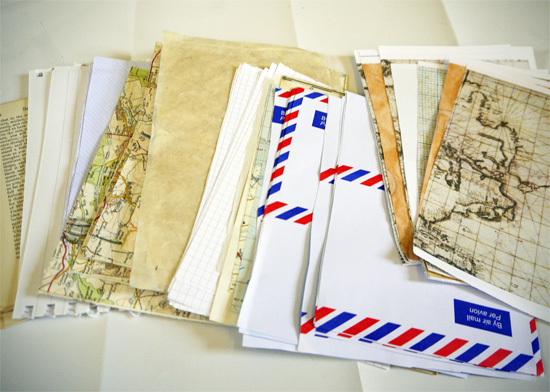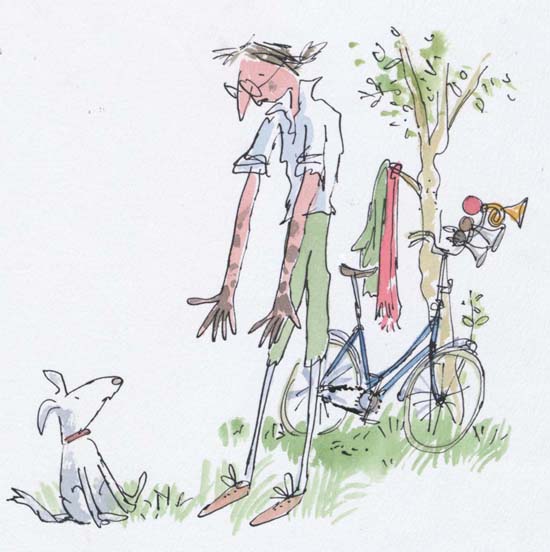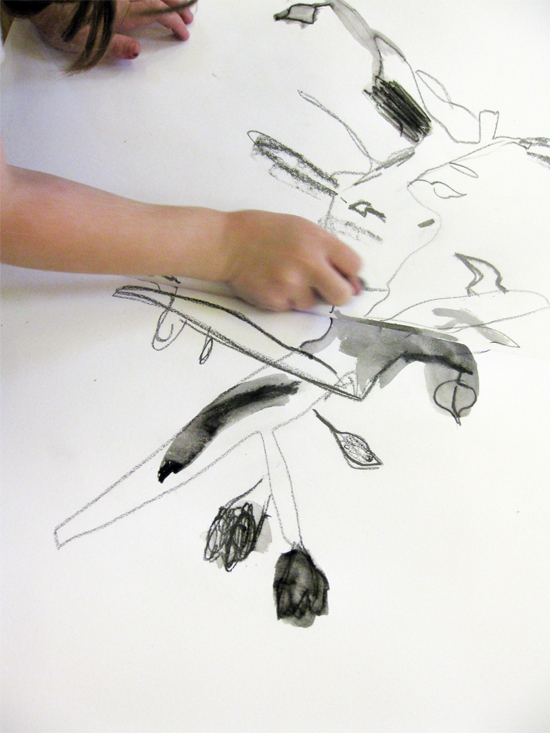Drawing in the National Curriculum
AccessArt advocates:
-
Access to varied drawing materials from the outset. There is no reason why children should not be introduced to a varied range of drawing materials from Year One. The more experience children have of using a wide range of material the more they will feel able to make independent, confident, drawing decisions.
-
Traditional drawing skills, including drawing from observation, should be balanced alongside more experimental drawing skills. Drawing comes in many forms and each form should be equally valued.
-
Children should be given the opportunity to work on a variety of scales. Drawing can be physical as well as studious. Drawing should be an adventure.
-
Use of Sketchbooks as a Creative Tool. See The AccessArt Sketchbook Journey.
-
Use warm-up exercises – please see Why Warm Up Exercises?
-
Teachers should embrace the “journey” and consider the process as important (sometimes more) than the outcome. Working from a “display-backwards” mentality (where a teacher has an idea of an end result in mind) often jeopardises the true creative journey.
-
Children should be encouraged to understand the value of taking creative risks in their work. See more about Understanding Risk here.
-
Assess gently and understand the key concepts you might explore through our Resonating Statements.
Explore Drawing Exercises Below
Beginners Guide to Drawing Materials
A guide to the drawing materials used in the accessart resources, including charcoal, graphite, oil pastel, soft pastel, watercolour etc.
Drawing like a Caveman
Exploring charcoal using our hands.
Discovering Charcoal Warm-Up Exercise
9 Actions of using charcoal – a guided whole class introduction.
Graphite Mark Making Warm-Up Exercise
Using different drawing actions to explore graphite.
Monoprinting with Oil Pastel and Carbon Paper
Using carbon copy paper coated with oil pastel as a no mess way to explore monoprints. Monoprints are a great way to encourage loose, free, drawing and varied mark-making.
Drawing Minibeasts using a Continuous Line and Graphite and Oil Pastel
Uses rich colours and careful lines to create exciting drawings.
Exploring Ink and Making Mark-Making tools
Encouraging children to be inventive in how they make marks, and in inventing their own mark-making tools.
Treasured Fossils
Using a variety of drawing media on found object surfaces. Uses observation plus experimentation skills to create individual and shared artwork.
Drawing Vegetables: A Drawing Game
Empowers children to make their own drawing decisions and challenges/consolidates their knowledge of ways of working with varied drawing materials.
Warm-Up Exercise: Drawing Spirals
Encourages drawing action from the wrist to the shoulder to the whole body…
Drawing Spiral Snails
Exploring soft chalk pastels.
Finger Palette Portraits
Using charcoal dust and hands to create portraits from observation.
Turning Paper into Fur
Using soft pastel, graphite and charcoal to transform a piece of paper into fur.
The Electric Shades of Coloured Biros
Using the synthetic colours of biros to create vivid and vibrant studies of vessels. Encourages careful observation and a range of mark-making.
Using Soft Pastel to Capture Texture
Working intuitively to capture the texture of folded clothing using soft pastel and graphite.
Exploring Drawing a Glass Still Life with Tracing Paper
Using tracing paper to make a layered, communal, drawing of a glass still life. Encourages children to think about composition as well as observation.
Woodcut Lookalikes
Acrylic painted over oil pastel on cardboard to create woodcut lookalikes. Teaches children to think about light/dark, positive/negative.
Drawing Materials Sample Cards
Children use “drawing materials to illustrate drawing materials”. Promotes exploration of materials, observation, and produces a useful classroom resource.
Drawing from Observation
The resources in this section begin with nurturing observation skills. There is a point at which, in every drawing, the focus moves from the subject matter to the drawing itself, as the drawing takes on its own life. Many of these resources then move from observation towards an exploration of the drawing medium involved (see Introduction to Materials above).
Making a Blind Contour Drawing
Traditional exercise to encourage greater observation skills and help match speed of looking with speed of drawing.
Helping Children to Make Stronger Drawings
Simple exercise to help children make bolder marks.
Making Large as Life Scroll Drawings
Children work on a one to one ratio to make large as life drawings. Excellent for improving matching speed of looking with speed of drawing.
Thoughtful Mark Making
Guided exercise to help children diversity their mark making and understand the value of line in creating tone/interest.
Drawing Speed
The importance of speed in drawing. How matching speed of looking with speed of drawing improves drawing skills.
Layered Gestural Drawing for Children
Multi colour, intuitive drawings to explore gestural (sketchy) mark making.
Working on Shared Drawing Pages & Being Inspired by Each Other
Observational drawings drawn on cummunal sheets. What can we learn from each other?
Seasonal Drawings
A guided process to produce seasonal drawings. Drawing from observation, careful cutting, collage and colour.
Tackling Still Life, Part One
Using a continuous line to aid observation.
Tackling Still Life, Part Three
Using acrylic paint to explore mark making.
Drawing & Collaging Fish, & Seeing Composition
Using collage and mark-making to develop fish studies into highly personal drawings.
A School Full of Characters
Inspired by the illustrations of David Tazzyman (Mr Gum), children explore creating characterful portraits.
Drawings of Toys Inspired by Gwen John
Line and watercolour studies of soft toys, inspired by Gwen John’s watercolour cat paintings.
Drawings by Torchlight
Using light to create a sense of drama, this session sees children making scenes with small toys and bringing them to life in charcoal.
Drawing Feathers: Perfect for Mark Making
Drawing feathers from observation leading to an exploration of materials.
Potatoes, Playmobil and Henry Moore: Making Drawings with Mass
Using potatoes, pebbles and playmobil, wax resist, watercolour and graphite to make drawings which convey a sense of mass and form.
Drawings of Inventions Inspired by Leonardo Da Vinci
Children draw a variety of everyday objects, using a variety of media, and then use these as the basis to collage inventions.
Thinking about Paper Forms, and Drawing to the Slow Rhythm of a Metronome
Encouraging children to draw slowly.
See Three Shapes
Simple guided exercise using ink to aid looking and help children convey form.
Introducing Foreshortening
Sinple and effective exercise to introduce foreshortening to children.
Simple Perspective for Children
Single point perspective taught in an inuitive way.
Simple Drawings on Brown Paper: Letting Form and Colour CoExist
Using soft pastels and graphite to create layered drawings of form and colour.
Squiggle Drawings & Autumn Floor Drawings
Continuous line drawing to improve observation, followed by a materials exploration to create textural drawings.
Drawing Pouring Water
Inspired by Leonardo da Vinci – drawing pouring water. An active session in which children start with careful observation and move on to an exploration of materials.
Tackling Still Life, Part Two
Exploring shadow – drawing from the ground up!
Drawing Fish with Pen, Pencil and Watercolour
Studies from life, from pencil to watercolour.
Drawing from Life and Acting Up Abit!
Drawing from life does not happen nearly enough at school and yet there are many willing models!
Making Moving Drawings with Children
Using paper to create animated drawings.
Drawing Animals with Cartoon-Like Character
An alternative way to learn how to draw cartoons. This session describes how children create their own cartoon characters through careful observation and experiemental drawing.
Illustrations by Children: Drawings which Tell Stories
Using descriptive sentences and charcoal to create atmospheric illustrations
Oil Pastel and Graphite on Plaster
Inspired by Vincent van Gogh, children use oil pastel and linseed oil to work from a still life.
Inspired by the Tapestries of Henry Moore: Watercolour Washes
Inspired by the beautiful tapestries made by Henry Moore, children draw vegetables in a limited palette of watercolour.
Experimental Approaches
The resources in this section acknowledge that pupils will be undertaking their own “drawing journey” in which they will be making their own drawing discoveries. These experimental approaches will help pupils look at drawing in its widest possible sense, and help them to further manipulate materials and subject matter.
Encouraging Children to Understand Risk in Drawing
Encouraging pupils (and teachers) to understand the value of taking risks in drawing.
Making a Shy Drawing
How can intention and action affect your drawing.
Starting with Safe, then Pushing the Wall
Helping children push their drawings out of their “safe” zone.
Mark making exercise in which children use their imagination to create drawings which capture a sense of drama.
Colour & Compostition Inspired by Ben Nicholson
Exploring shape and colour as elements with which to create a composition.
Dressing up as Fossils
Drawing on fabric to design textiles and then using the drawings in a surprise way!
Still and Dynamic Drawing: Making Spells!
Draw a swirling spell pot full of ingrediants! Children make individual observational drawings before using them as a collage material on a communal drawing.
“Feely Drawings” or Drawing by Touch
Gathering information about subject matter by alternative methods
One Line Street Scene: A Visualisation Warm-Up
Talking children through a drawing to help trigger their imagination.
Exercise for Making an Artists' Book
Observational drawing, collage and book making. Challenges preconceptions of how a drawing sits on a page.
Exaggerating to Communicate!
Three simple exercises to help children to draw figures with real character. Inspired by Quentin Blake.
Developing a Drawing Through Exploration of Media
Enabling children to feel confident enough to pursue their own “drawing journey”
What can Making Sculpture Teach us about Drawing?
Making sculpture with compositional elements. How does throwing a sculpture “off balance” enable us to learn about composition in drawing?
Picnic Drawing: Summer Party!
Creating a shared drawing of a picnic rug. Draw the food then eat it!



